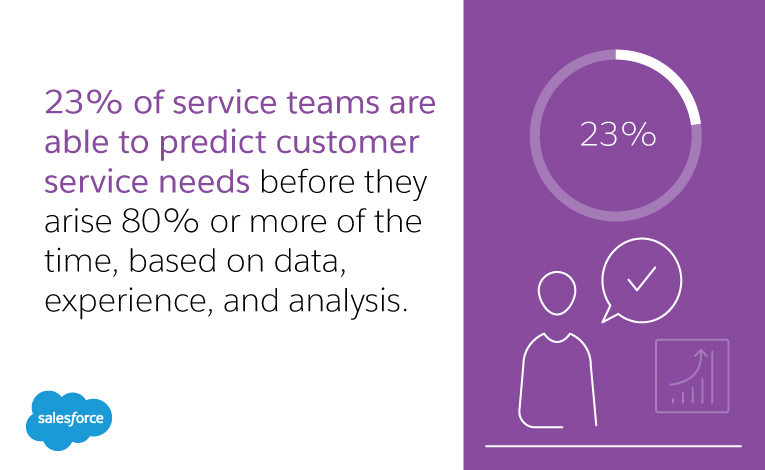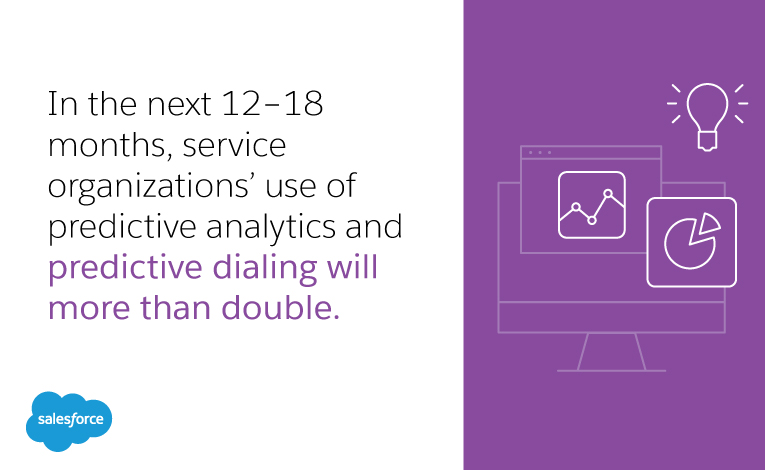Customer Retention Policy
Effective Strategies to Keep Your Customers Coming Back for More

Your customers are the fuel that drives your business. But unlike the fossil fuels that power traditional automobiles, customers — when treated correctly — can be a renewable resource. This is because satisfied clients don’t simply finalize a purchase and then move on; they return again and again, supporting their favorite businesses for years to come.
Customers are your most valuable assets, in part because they are dynamic, ongoing assets with significant growth potential. Whether its focus is traditional retail, ecommerce, B2B technology, or anything else, a smart business knows to do their darndest to retain their current customers.
Research shows that the costs are considerably more to convert prospects into new customers than the costs associated with catering to established clientele. It just makes sense; the most difficult, expensive, time consuming task associated with customer acquisition have already been completed. The biggest hurdle — guiding your lead across the finish line to finalize that first sale — has already been jumped. Essentially, your customer has already chosen to do business with your company, so there’s no huge effort involved with selling them on making a purchase. As a result, selling to an established customer base costs just a fraction of the time, effort, and money needed to locate and nurture new leads.
Conversely, bringing in new customers requires a hefty percentage of the marketing budget to target, attract, nurture, and court those new prospects through your sales funnel.
In short, customer loyalty has a way of paying for itself.
Lifetime value of existing customers over new customers
Established customers play a significant role in company success for various reasons. One is the fact that the longer they patronize a specific business, the more involved they tend to get. That results in increased customer lifetime value that continues to climb over time. When clients know that a certain company is trustworthy and reliable to stand by its ads and prices, they will keep coming back, often bringing other potential clients (in the form of friends, relatives, and associates) along with them.
Furthermore, steady customers often spread the word about a favorite company even to people they don't know that well. Cashiers, checkout clerks, medical office staff, and others may get to hear what enthusiastic customers have to say about a company, and with the proliferation of social media, a customer’s good word can now go further than has ever been possible.
In contrast, the percentage of sales leads that convert to paying customers typically fluctuates. It is difficult to know in advance how many new customers will do business with the company, and if so, whether or when they will return. Taking all of this into account, effective customer retention strategies are becoming more important than ever before.

Importance of developing effective customer retention strategies
Of course, it’s easy to make note of the importance of customer retention; it’s harder to actually retain clients. For that, you’ll need to develop an effective customer retention strategy.
First things first. Companies who want to attract and keep major clients need to commit to developing and demonstrating expertise within their industry. Publishing articles in trade journals, winning awards at trade shows, and getting noticed in the community are surefire ways to establish yourself as an expert in your industry, and will go a long way towards building customer interest and support.
As this evolves, it is also important to keep the customer in the loop. This can be done by publishing an electronic or print newsletter, keeping websites updated, or mailing fliers periodically. Customers are often thrilled when the company they patronize is lauded in the news or within its industry. Promoting special characteristics of this type can be done when handing out swag gifts at business meetings or community events like the county fair.
Customers need to know what to expect, especially if they have been doing business with your company for some time. It's important not to make dramatic changes or move to a new location without informing customers. Many feel like part of a company's professional family. They expect to be informed of major changes or events, which builds trust over time. The goal should be to always deliver more than your promise.
Leverage solutions to manage those customer relationships
Today there are some wonderful applications that can monitor customer relations and flag problems or post reminders about upcoming events. Installing a simple program can simplify how a company keeps track of customers and provides helpful information. Technology is available to facilitate customer service training, monitoring, and follow-up.
A web application or software program is often significantly cheaper than hiring a department of customer service experts. The app can interact with customers to help answer their questions and solve problems. Available around the clock, twenty-four hours a day and seven days a week, a customer service app can reduce office costs while better addressing customer needs. Many consumers appreciate the time-saving benefit of working with technology online. Increase customer satisfaction and invest in improved loyalty by adopting client-friendly tech solutions.
Focus on customer success
Companies that care about their customers and want to be successful should implement a training program that equips employees to use applications that facilitate customer relations. The trainings should also consider several aspects of the total customer experience, beginning with the company greeting and ending with a problem's resolution.
Customer service staff should ask for and listen to feedback from established customers. Why do they stay? What might cause them to leave? How can the company do an even better job of meeting customer needs?
To obtain this information, a survey can be distributed to a mailing list or offered through a receipt code to access a website. Usually an incentive is offered, such as a discount on a future transaction. Customer comments are sometimes posted on the company website or published in its newsletter or discussion forum. Some companies may organize focus groups to meet with groups of customers to discuss their likes and dislikes about the business. Telephone interviews and questionnaires or surveys are sometimes handed out to customers from the company location. When feasible, let customers know how their information will be used to improve customer service.

A prompt response to customer feedback, whether solicited or offered spontaneously, is a smart way to take advantage of helpful information that may impact company operations. Immediate changes to office protocols, product features, or sales techniques might ensure that regular customers continue to patronize a business, and also tell others about their positive experience. They might even feel more invested in the company by having their feedback taken seriously and acted on.
Customer retention strategies don't have to be expensive or time-consuming. They just need to focus on customer concerns and empower customers to have a say in how they are treated or the products and services that they buy. When consumers feel that their opinion matters and that the company they do business with cares about them, they are far more likely to remain committed to the company, and to encourage others to do the same. Customer loyalty is a natural consequence of improved customer focus.
More businesses are taking an active interest in training employees to show more attention to repeat (VIP) customers. In addition to offering pleasant greetings, employees are urged to initiate casual conversation and subtly upsell certain products. Customers are smart enough to realize what is happening, but most don't mind. In fact, they like being courted by their favorite companies and enjoy the friendly interactions. When a problem occurs, they want to be able to trust the business for a quick and fair resolution.
It doesn't take convoluted customer retention strategies to keep customers coming back for more; it just takes empathy, insight, and care to encourage customers to say what they think to get what they want.
A minimal investment of time, money, and training will go a long way to prepare employees to work effectively with the public. From brick-and-mortar retail to ecommerce, as your employees begin to take customer service seriously, your company will benefit from the added effort.

